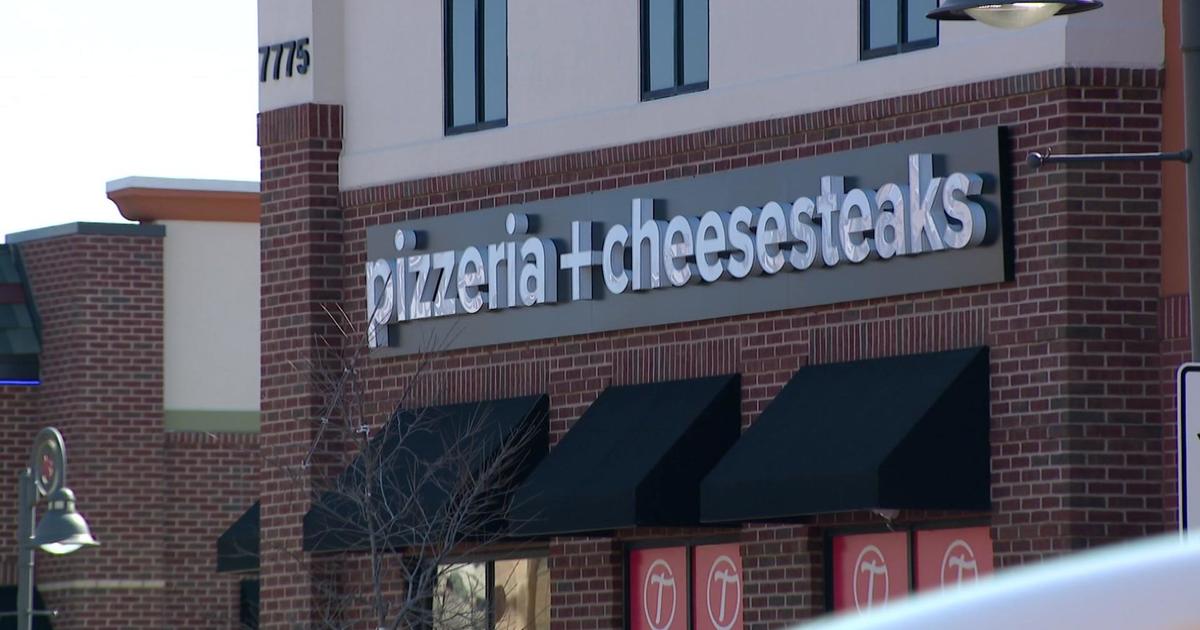Good Question: Why Are Some Cancers More Deadly Than Others?
MINNEAPOLIS (WCCO) - Timberwolves coach Flip Saunders said on Tuesday he'll continue to coach the team while being treated for Hodgkin's lymphoma. In a statement, the Timberwolves organization wrote, "[Saunders] is currently undergoing chemotherapy treatment for what his doctors called a "very treatable and curable form of cancer."
So, why are some forms of cancer so much more deadly than others? Good Question.
"People often want to know when we're going to cure cancer," said Dr. Ed Greeno, medical director of the University of Minnesota Cancer Care. "We actually frequently cure cancer already, but we don't cure all kinds of cancer."
According to the American Cancer Society, the five-year survival rate for all cancers is 68 percent, up from 49 percent in the late 1970s. The organization credits earlier diagnosis of certain cancers and improvements in treatments, but says statistics vary greatly by cancer type and stage. The five-year survival rate for thyroid cancer is 98 percent compared to 17 percent for liver cancer.
Greeno says part of the difference in survival rates has to do with a particular cancer's ability to spread or invade into other parts of the body. He also points out hard to detect cancers are more difficult to treat because doctors catch them at later stages.
"If we can eradicate that one spot before it spreads, we're pretty good at doing that," he said.
Cancer is expected to take the lives of 589,430 Americans in 2015, which is about 1,620 people a day. In terms of raw numbers, the deadliest cancers for men are lung, followed by prostate, colon and pancreas. For women, it's lung, breast, colon and pancreas. Lung cancer ranks at the top partly because it's so common.
Pancreatic cancer has one of the worst five-year survival rates at 7.2 percent.
"It's has a bad combination of being very aggressive, being hard to detect early and once we find it, it's poorly responsive to most of our therapies," said Greeno. "We don't really understand always but it may have to do with the function of the pancreas that it's inherently designed to be resistant to toxins, which is what a lot of our treatments are."
Just about 86 percent of patients with Hodgkin's Lyphoma survive five years.
"The cells that turn into the cancer, that represent Hodgkin's disease, turn out to be very sensitive to some of our chemotherapy drugs," he said.
Greeno also points out how research money can make an impact as well. For example, breast cancer mortality rates have dropped 34 percent in the past 25 years.
"That's an example of the value of our research," said Dr. Greeno. "It's a really good example of that we've learned how the cancer works."



